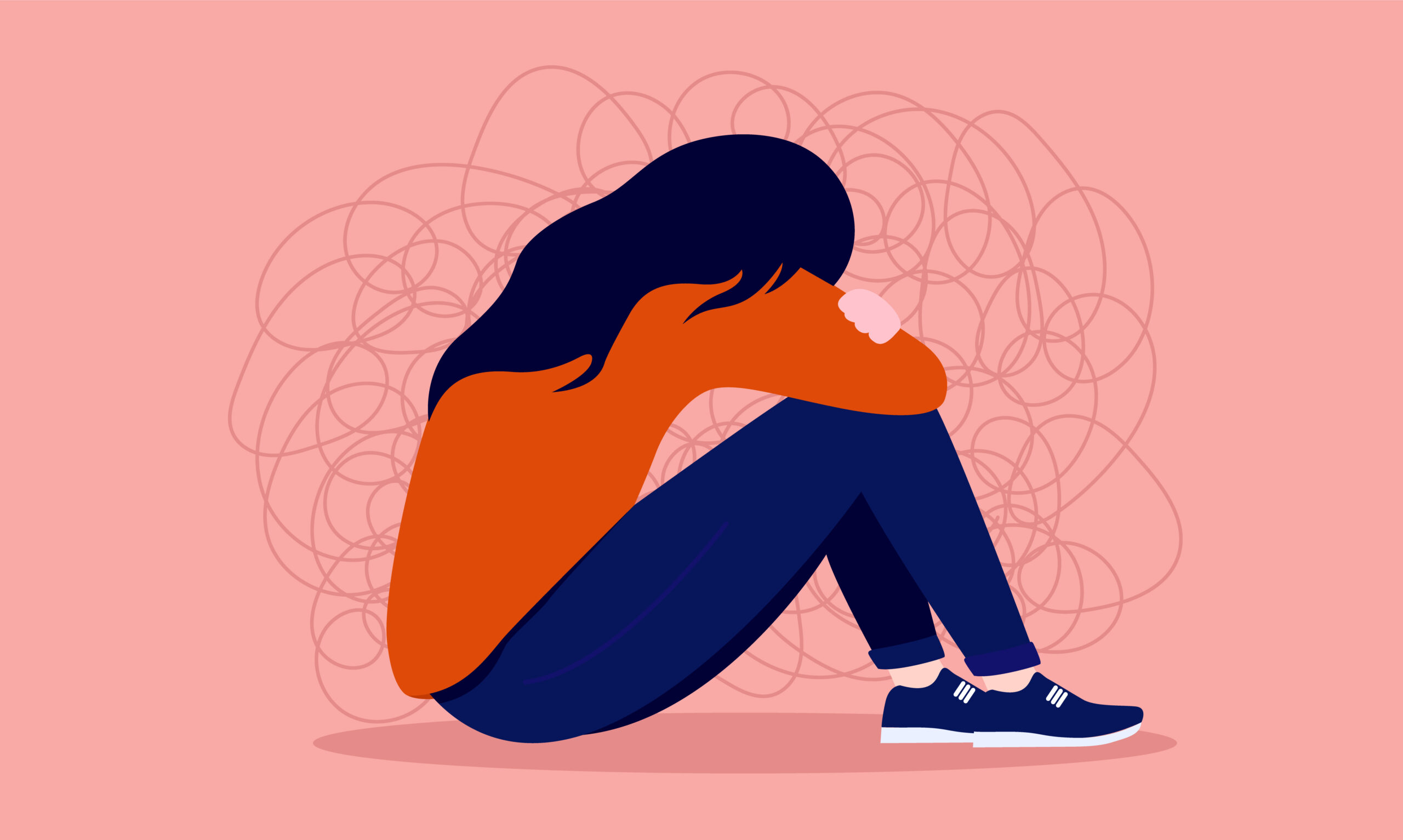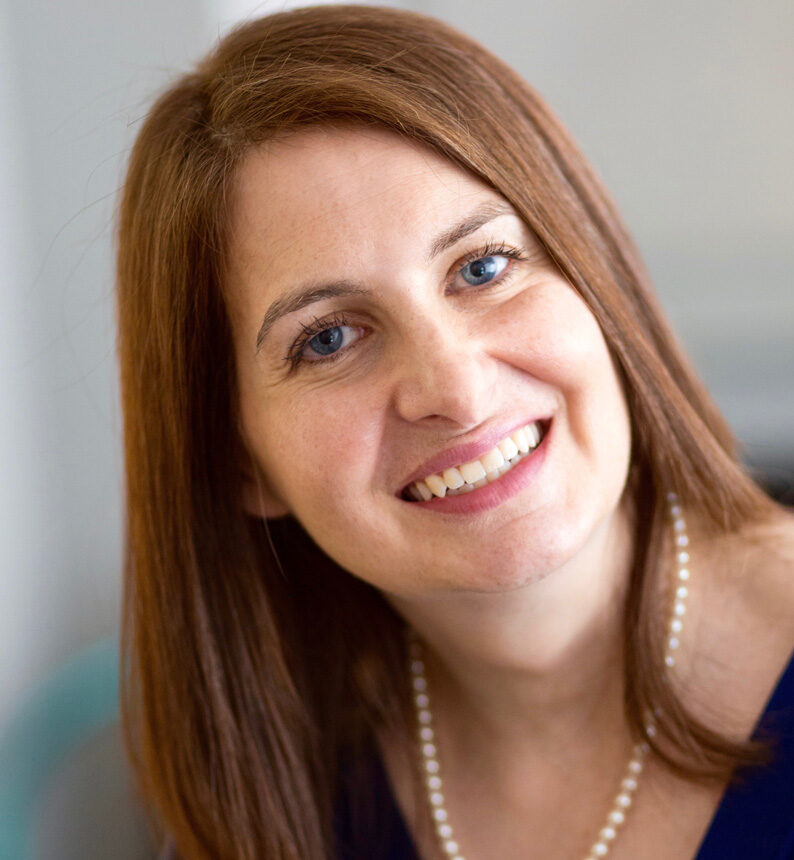How can we tackle the teen mental health crisis?
Johns Hopkins adolescent health expert Tamar Mendelson discusses the scale of the problem and possible solutions

Key Takeaways:
- More than 40% of the nation’s teens report feeling persistently sad. The issue is even more pronounced among teen girls, with nearly 60% reporting feeling persistently sad.
- Substantial gaps remain in diagnosis and treatment.
- Embedding mental health programs in schools can help.
New data from the Centers for Disease Control and Prevention proves what parents, caregivers, and teachers have known for a while: the nation’s adolescents are struggling.
The 2023 Youth Risk Behavior Survey, a vast gauge of adolescent well-being in the United States, found that in 2021:
- 42% of high schoolers felt so sad almost every day for two weeks that they stopped engaging in normal activities.
- Nearly 60% of teenage girls reported feeling persistently sad, compared with 36% a decade earlier.
- More than 1 in 5 high school students considered suicide in the past year.
Despite growing awareness that children and teenagers can become depressed, substantial gaps remain in diagnosis and treatment. Even in states with the best access to mental health care, one in three young people goes without treatment, says Tamar Mendelson, director of the Center for Adolescent Health at the Johns Hopkins Bloomberg School of Public Health.
Mendelson’s research offers a promising way forward. She started school-based programs to teach students evidence-based strategies to improve their mental health. She has found that students in these RAP clubs—RAP is short for RELAX, be AWARE and do a PERSONAL rating—were rated by their teachers as having more improvements in emotion regulation, academic and social competence, and classroom behavior than students in the control group.
Featured Expert
-

Tamar Mendelson
Director, Center for Adolescent Health
Tamar Mendelson, a Bloomberg Professor of American Health, addresses the development, evaluation, and dissemination of prevention strategies to improve adolescence mental health in underserved urban populations. See full profile
Mendelson spoke with Johns Hopkins Magazine about teen mental health, the need to expand treatment, and her research.
Q: How do we know there’s a teen mental health crisis?
Tamar Mendelson: It’s a crisis in part because of how common an issue it is, coupled with the fact that when it’s not addressed, it can interfere with how kids do at school, with their relationships, and with their ability to achieve their full potential. As teens, they’re developing into who they’re going to be as adults; if they’re dealing with a mental health issue, it can derail the process.
During the peak of the pandemic, youth emergency room visits were spiking, and there were more instances of young people attempting or committing suicide. That really made it onto the national radar.
Q: Why is this crisis disproportionately impacting females?
TM: We don’t have a specific answer to that one yet. For females, it seems likely that it’s some mixture of these genetic and biological vulnerabilities combined with extra sensitivity to interpersonal events and possibly exposure to certain kinds of stressful events. But there’s not an easy answer to why more girls are depressed.
Q: How did the pandemic make the problem worse? Was it the isolation or was it the sheer amount of trauma because a grandmother died, a parent died, or someone lost a job?
TM: All of that. I think for a lot of young people it was more of, “Wow, it’s really frustrating that I can’t go to school, I can’t go to prom, I can’t talk to my friends the same way.” They may have felt lonely. They may have felt some depression, some anxiety, but I don’t expect those stresses will have lasting negative impacts for all young people.
I suspect it’s the subset of young people who experienced the trauma of losing a parent to illness or maybe parents losing jobs and losing housing, something more traumatic, who will have more serious long-term mental health struggles.
Q: In a recent article in Nature, you said that 60% of children are getting zero treatment. What are the barriers?
TM: Depending on where you are geographically, or how connected your family is, or how knowledgeable about services you are, you may be able to get access or you may be very disconnected. That’s a key issue—the inequities in access and quality care.
For example, in rural areas it’s often too far to drive to get to mental health resources. There are also cultural gaps in services. There’s a need for more Spanish-speaking therapists, more African American therapists, and more therapists trained in anti-racism and experienced working with LGBTQ+ youth. Addressing this problem will involve changes to clinical training, including making training more affordable, available, and welcoming for diverse populations of trainees.
There are also insurance barriers and being able to find a therapist that you connect with.
Q: Tell us about the RAP Club.
TM: RAP Club is what’s called a universal intervention. That means it can be offered to a whole grade or school, rather than screening to identify students who have mental health issues or risk factors. What we found is that a lot of students had been exposed to trauma even though we hadn’t screened for it. Approximately 40% of our participants had elevated trauma symptoms at the start of the study.
In our recent trial, we saw that RAP Club reduced trauma symptoms for students, as compared with the control group, by the four-month follow-up assessment. We also found that this trauma reduction was maintained at the 12-month follow-up and even got a little bit stronger. This is when students had moved from eighth grade into high school, which is a difficult transition, so we were pleased to see the continued benefit.
The more we embed programs that support mental health into the systems that serve kids, the more we create atmospheres where they can thrive, and hopefully the less they will need to suffer through mental health problems.